
New vapour control layer offers higher protection for buildings Specification Online
Our Permo Frame is a breathable membrane for walls, ideal for timber frame construction where it allows the structure to breathe while protecting the insulation. Our range of air and vapour control layers are designed to minimise the transfer of moisture to the structure and are ideal for use on both wall and roof applications. Installed on the.

Vapour Control Layer Timber Frame Intelligent Membranes
Vapour control layer Timber Frame Slab insulation OSB Breather membrane 50mm clear cavity Vapour control layer Breather membrane U-value (W/m2K) Timber Frame 034 Slab (mm) Stud depth Standard Tyvek Airguard Protect VC Foil Ultra Standard Tyvek Reflex Protect TF200 Thermo 0.36 90 89 • - - • - - 0.28 90 89 - • - - • - 0.26 90 89
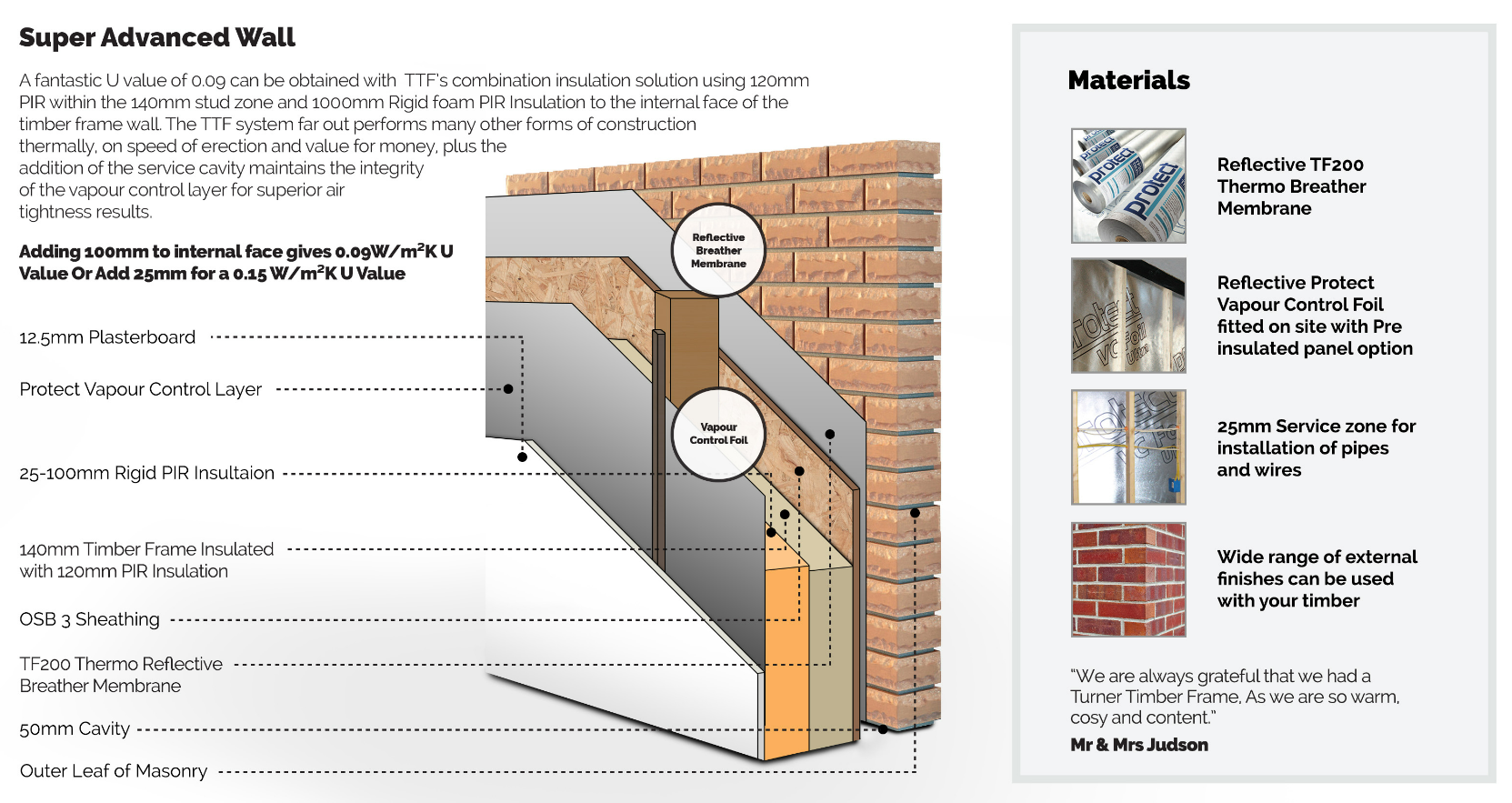
Trades Punching Holes Through Internal VCL and Ruining Vapour control/air tightness Timber
Our vapour control layer timber frame solutions are the ideal choice for painting your timber and ensuring better protection against mould and moisture. Intelligent Membranes ensure the best customer experience possible with excellent service and high-quality vapour control solutions. So, browse our range down below or contact us to upgrade.
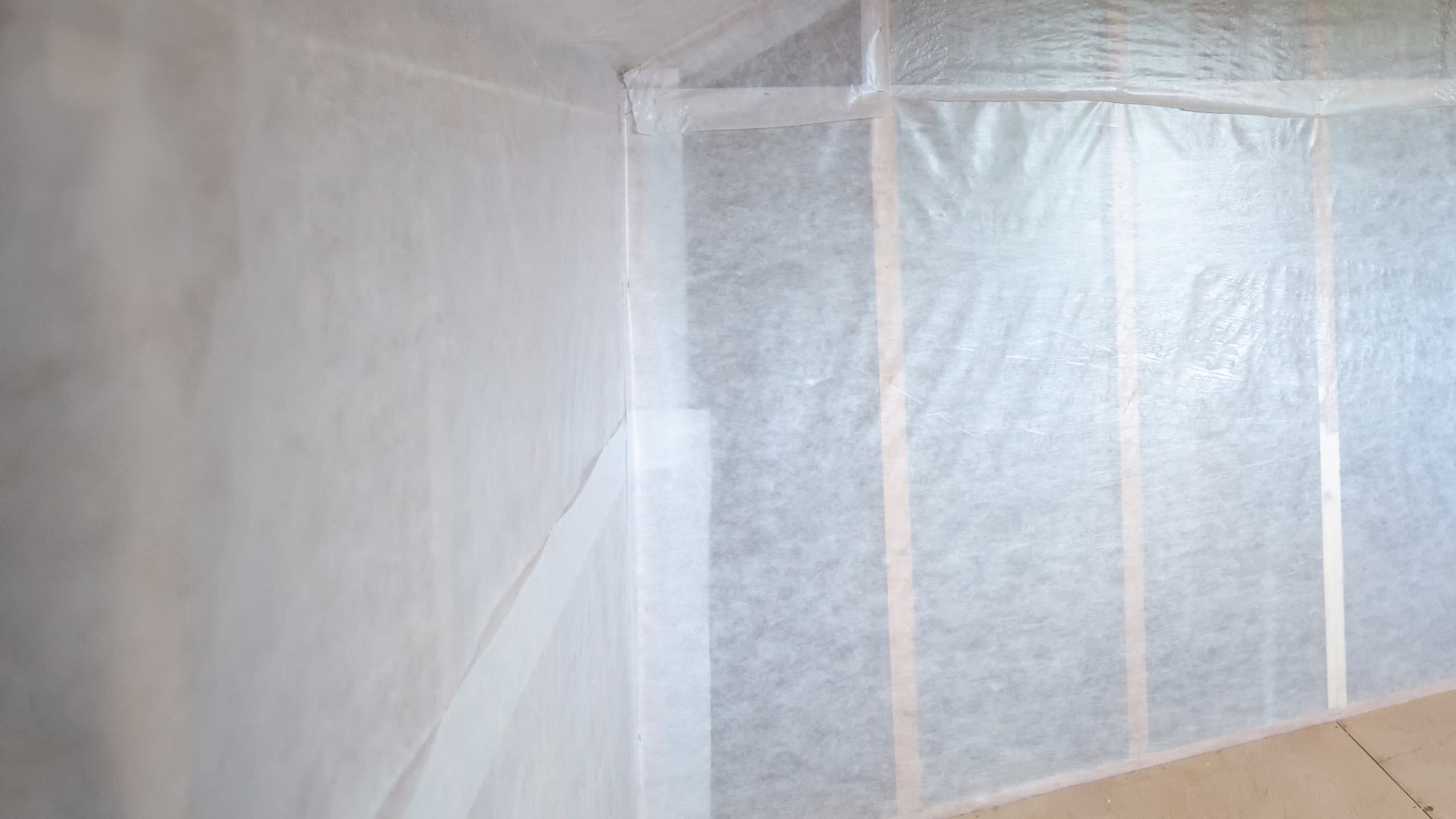
Vapour Barriers for Garden Rooms What are they? And do I need one?
According to naturally:wood, timber building components provide lower thermal conductivity than equivalents in concrete, steel-frame and masonry. Quality timber frame housing demands effective vapour control. Timber buildings, of course, must match or beat other construction types on quality and durability.
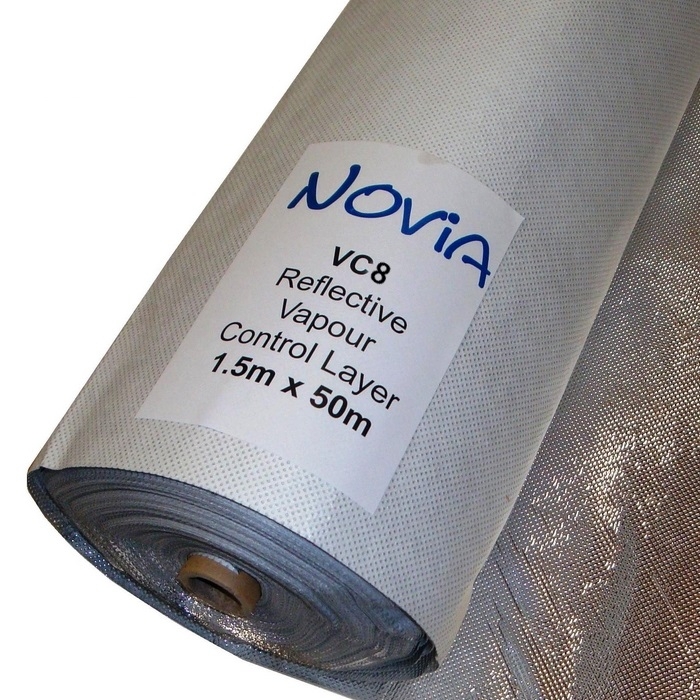
Novia VC8 Reflective Vapour Control Layer High Performance 1.5 x 50m Roofing Superstore
A Vapour Control Layer, or VCL for short, is a plastic layer that restricts the movement of warm, moist air from inside a property into the fabric of the building. VCLs prevent excess moisture entering a wall's cavity, behind the insulation. This reduces the risk of harmful interstitial condensation by ensuring that any moisture within the.
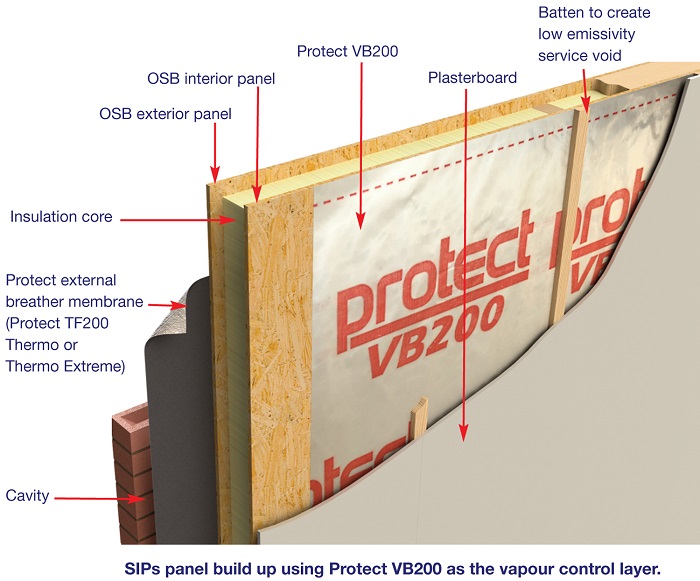
Selfadhesive vapour control layer delivers time saving benefits Specification Online
Applications. SMARTPLY AIRTIGHT is designed for use as internal structural sheathing on the warm side of the insulation in timber frame construction systems. The integrated vapour control layer and air barrier properties eliminate the need for additional Air and Vapour Control Layout (AVCL) membranes. The coating also provides a smooth durable.
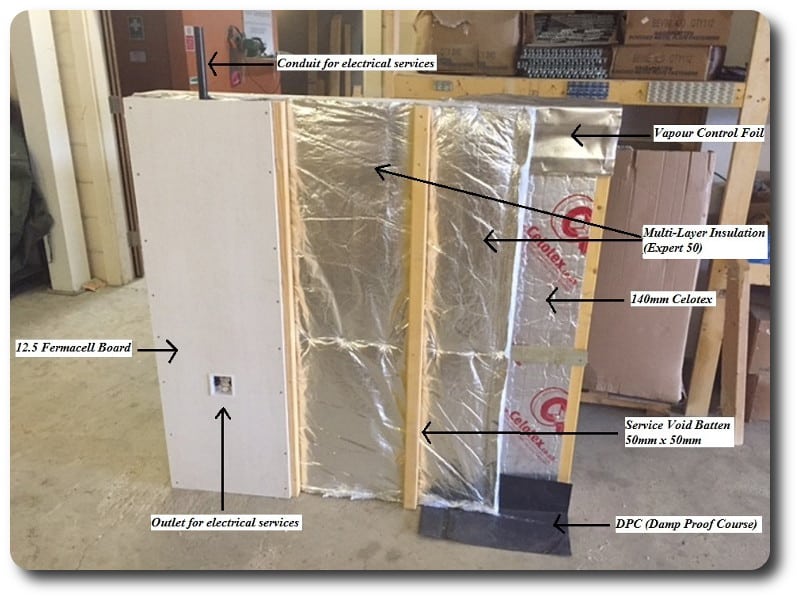
More About Closed Panels
The smart vapour control layer made of Tyvek® with an extreme range of variable vapour resistance that allows to prevent structural damage and loss of insulation efficiency.. Timber Frame; Steel Frame; Concrete; Rainscreen Cladding; Modular & Offsite; Flooring; Suspended Timber Floor; Air Tightness; All Products; Installation Guide;
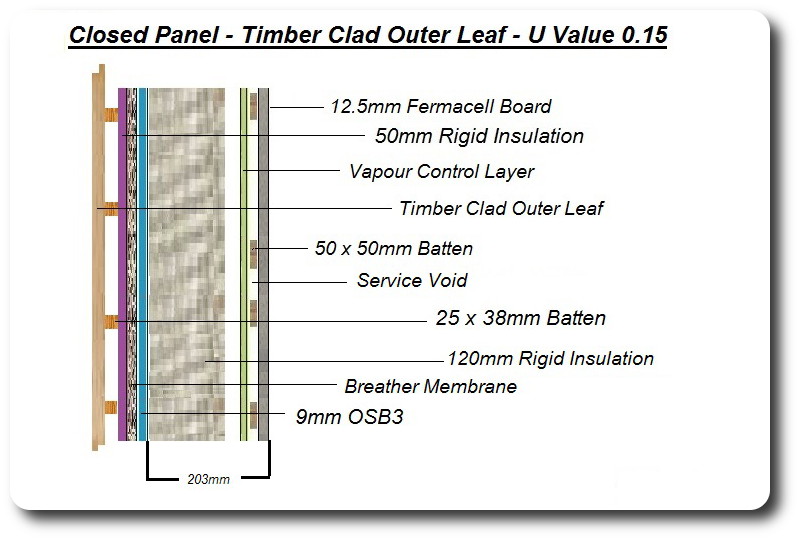
Cold Bridging and Timber Construction
6.2.12 Vapour control layers. Vapour control layers shall be installed correctly and restrict the passage of water from within the home to the timber frame. Vapour control layers should be: 500 gauge (120 micron) polyethylene sheet, vapour control plasterboard or a product assessed in accordance with Technical Requirement R3.

Diy shed insulation Timber frame sheds buildings
Vapour control layers (VCLs) are necessary in specific new construction scenarios as per Building Regulations.. Therefore, for framed structures like timber or steel frames, the VCL should be placed on or near the warm side of the insulation, but only after the studwork's moisture content has dropped below 20%. After securing the VCL with.
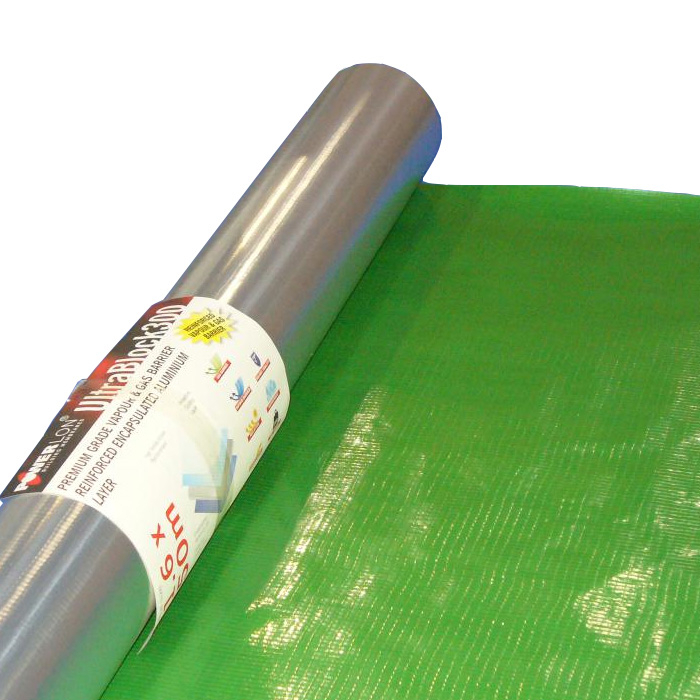
Powerlon Ultrablock 300 Vapour Control Layer 2m x 50m Insulation Superstore®
The vapour control layer should be fixed to the timber studwork by austenitic stainless steel straps. The vapour control layer should be lapped over studs to the following criteria: Minimum 100 mm lap for horizontal. Minimum 150 mm for vertical. Laps are to be taped and sealed using pressure sensitive tape with a minimum width of 50 mm.

Kingspan Nilvent Breather Felt Vapour Control Layer 50m x 1.5m Roll Insulation Superstore®
Timber frame permeable membranes can also be vapour permeable. Vapour permeable membranes allow moisture to pass through the layer whilst still being waterproof, which will reduce condensation levels within the building, and reduce the risk of rot in timber frames and insulation which can lead to serious structural problems.

Lambourne J C12700655 Building Performance Assignment
For framed structures such as timber frame and light gauge steel frame systems, a VCL should be used on or near the warm side of the insulation. The VCL may take the form of: A vapour control plasterboard comprising a metallised polyester film bonded to the back face of the plasterboard. A minimum 125 micron thick (500 gauge) polythene sheet.
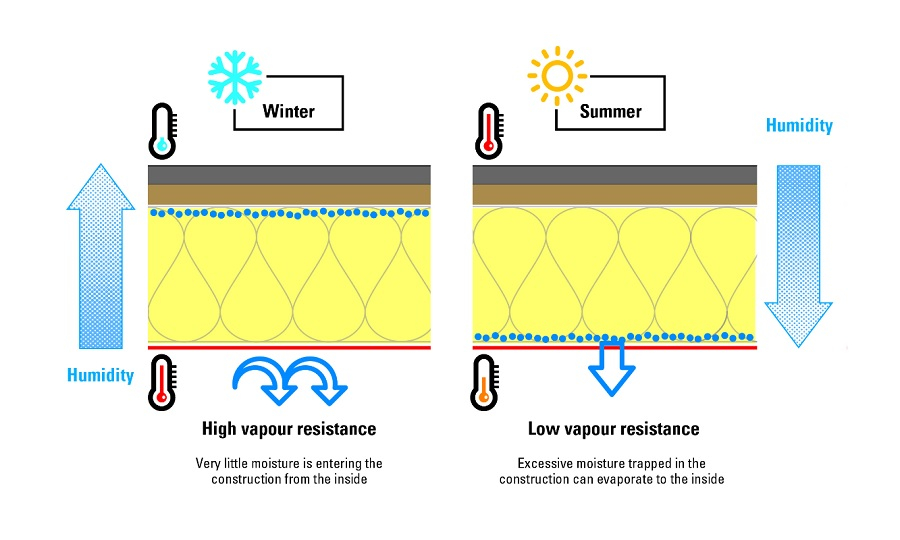
Dupont Tyvek AirGuard Smart Air and Vapour Control Layer 1.5m x 50m Roofing Superstore
with a brick outer leaf and a low emissivity vapour control layer to the inner face of the timber frame. A service duct is formed by nailing 50x25mm timber battens to the timber frame before fixing the 12.5mm plasterboard internal lining. Other cladding options, such as tile hanging and timber boarding can be utilised.
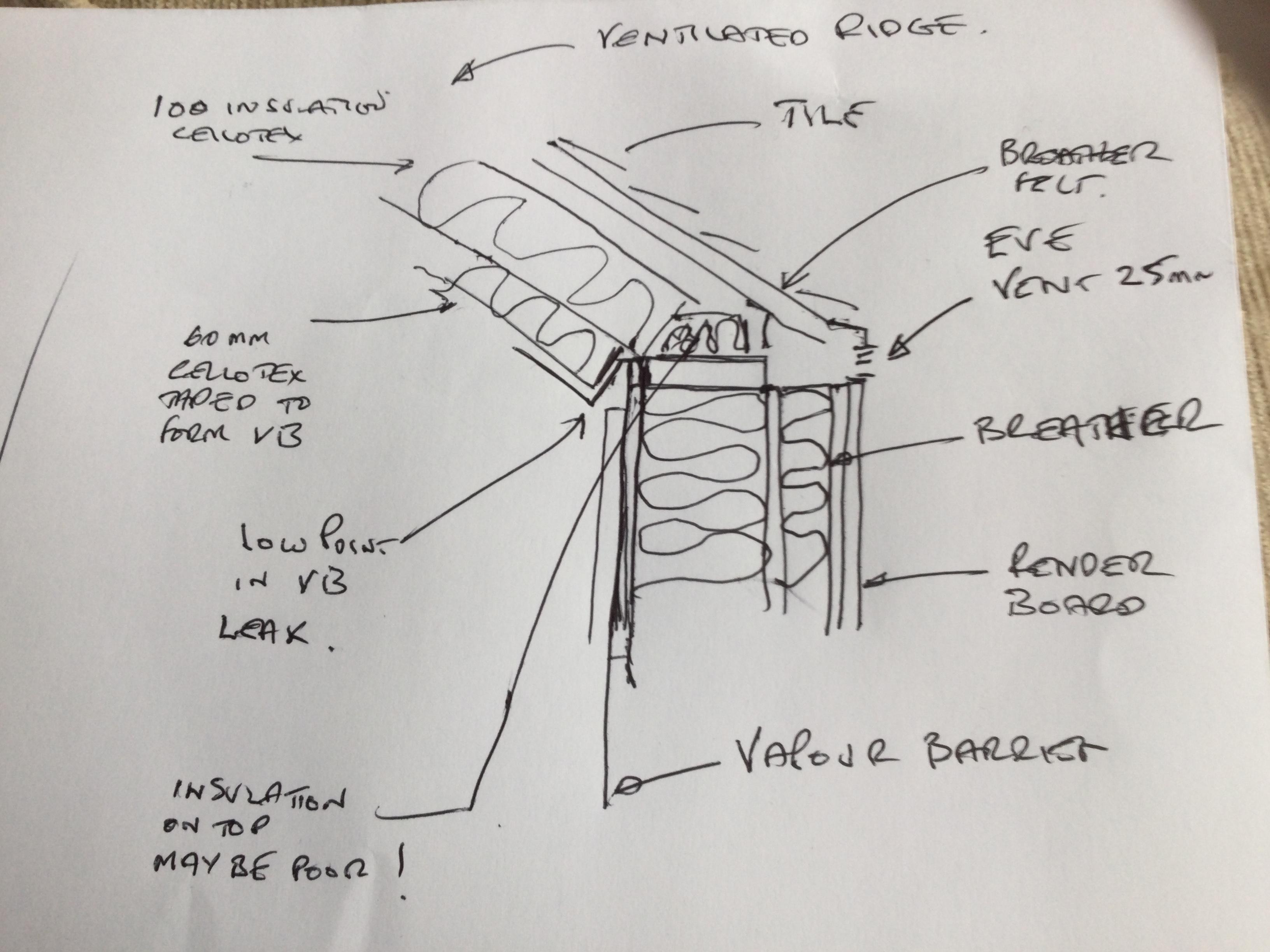
Timber frame Condensation on outside of vapour barrier Introduce Yourself
Purpose and standards A vapour control layer (also known as a vapour barrier) is used to reduce the moisture vapour that passes through the external.

1.5m Protect VC Foil Ultra Vapour Control Layer Insulation Merchant
This option is mostly used on timber or steel-framed walls where foil-backed insulated plasterboard is not used; Foil-backed plasterboard - utilises a thin foil backing to increase vapour resistance. However, it is not an effective a solution to damp. This option should be used in conjunction with other vapour control methods
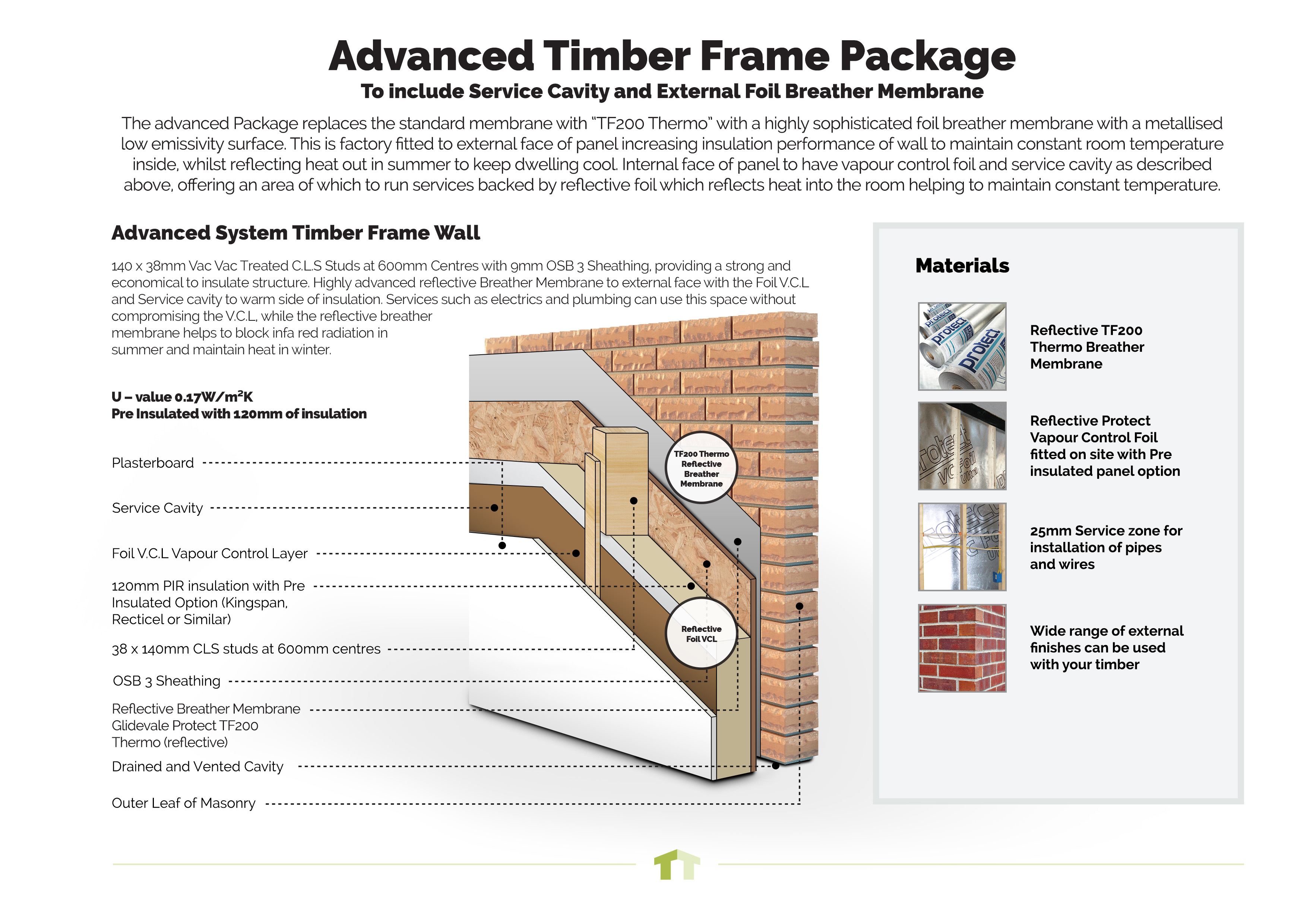
Walls & Specification Turner Timber Timber Frame Experts
Choosing the correct vapour control membrane for your application is key to any insulated building construction, be it timber frame, steel frame or any other style. The passage of moisture through a building envelope needs to be managed in order to limit unwanted and damaging precipitation or condensation within the interstitial layer.
- Mirrors For The Dining Room
- Things To Do In Skegness For Free
- Beauty And The Beast Sheffield
- Straightener And Hair Dryer Set
- Hard To Understand Crossword Clue
- Black Ray Ban Clubmaster Sunglasses
- Cross Stitch Birthday Cards Free Patterns
- Sporting Trials Cars For Sale
- Corner Wash Basin With Cabinet
- Tape For Tape In Extensions